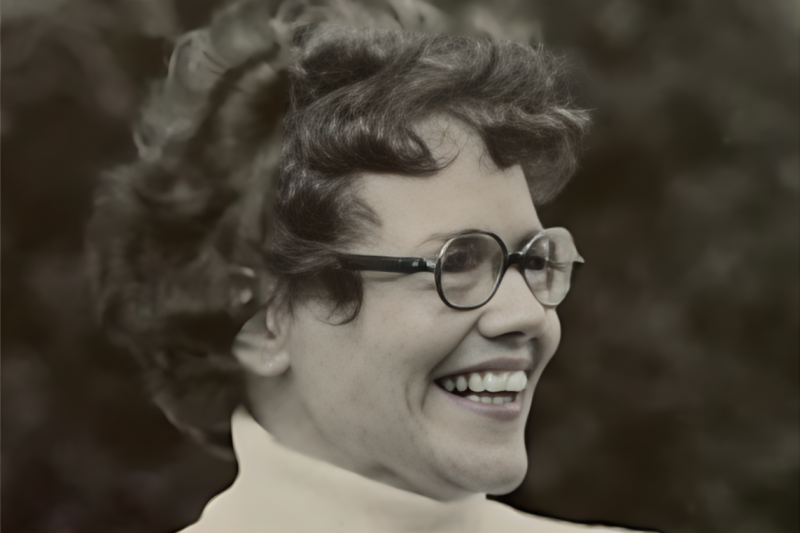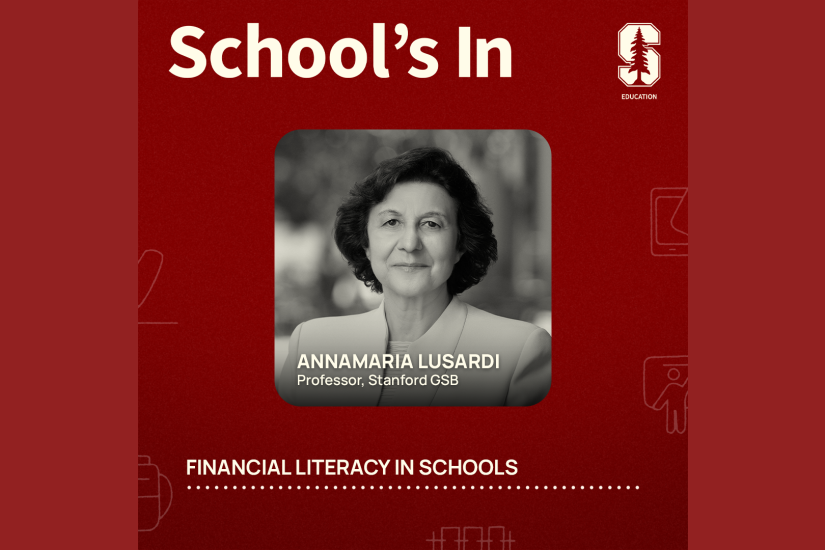
Lopatin Fellow projects advance new education technologies
How can technology and what is known about learning be applied to make education more engaging for primary and secondary school-age students and otherwise enhance children’s educational experience? Thanks to support from the Amir Lopatin Fellowship, graduate students in the Learning Sciences and Technology Design (LSTD) Program are finding out by conducting exemplary research projects.
This year’s Lopatin Fellow, Amber Levinson, for example, has looked at how recently immigrated Latino families with young children engage and learn with broadcast and digital media. “These are sources that have become a substantial part of families’ language and literacy environment, but their role is little understood,” said Levinson, who expects to receive her doctorate in 2014.
Looking at the ways in which family members engage with media together, she is using ethnographic case studies to provide rich and detailed data on this little-studied topic. She will also distribute iPads to each family midway through the study, and document the role these devices come to play in family life and learning.
“The LSTD faculty are especially pleased that Amber has been working with young children, and that the project is giving back to the families she has partnered with for her research,” noted Shelley Goldman, professor of education. “They also agreed that her work on joint media engagement in Latino families was important and timely.”
Since the creation of the fellowship in 2008, eight students at the Stanford Graduate School of Education, including Levinson, have received up to $7,500 to cover their research-related expenses. Fellows have included Ugochi Acholonu, Shuchi Grover, and Maryanna Rogers, who earned their doctorates in 2012, and current graduate students Bertrand Schneider, Marcelo Worsley, Michelle Friend, and Brian Perone.
Marcelo Worsley’s project looked at how robotics, digital technology, and engineering design could be used to help East Palo Alto and Redwood City high school students solve problems relevant to their lives. He implemented both short- long-term learning programs that engaged students in creating personally meaningful digital and physical items such as an automatic curtain that opened and closed based on the presence of sunlight. This particular device was conceived to solve the problem of waking up too early on a sunny Saturday morning, when the student forgets to close his or her curtains the night before. The items were constructed using a collection of both high technology (laser cutters, 3D printer, and complex sensors) and low technology (plastic syringes, rubber bands, popsicle sticks, and tools).
“These projects helped students realize their agency as inventors and change agents for their communities and their lives.” Worsley said. “The projects also helped make engineering more accessible and more applicable to the students' lives.”
Bertrand Schneider used an original digital interface called Combinatorix to study how small groups of students from Foothill College collaboratively discovered concepts in probability. The interactive tabletop environment allowed students to build combinations of objects, apply constraints to those combinations, and observe the effect on probability trees. “This type of tangible user interface can be thought of as a Lego kit on steroids, augmented with digital information projected on it,” Schneider said.
He found that students who first explored the topic on a tangible interface and then watched a lecture significantly outperformed students who watched a lecture first and then completed a hands-on activity. Those results highlight the crucial role of students’ exploration of a domain before attending a lecture, and the role that technology can play in supporting this process.
Brian Perone and Michelle Friend investigated the effect of the gender balance of a classroom on students’ learning and interest in computer science classes. The experiment has been conducted in a virtual reality laboratory in the Stanford Communications Department, in conjunction with associate professor Jeremy Bailenson. “In many science, technology, engineering, and math disciplines, especially computer science, women are underrepresented in classes, and research suggests this negatively affects their interest and learning in those disciplines,” said Friend.
To explore this issue, the duo constructed a fully immersive virtual reality classroom and used the classroom to vary the gender appearance of subjects’ virtual classmates during an introductory computer science lesson. They measured students’ retention and application of the material, along with their interest in future work in computer science. “Our research is still in progress, but early results suggest that women will be more adversely affected by the gender imbalance than men, and that more than just a few female co-learners will be required to make the ‘male’ discipline of computer science feel comfortable and attractive to women,” said Perone.
“The students’ projects exhibit their inventiveness in research designs, and the results of their work will add important knowledge to the fields concerned with technology and learning,” said Goldman. “The Lopatin Fellowship program gives LSTD students the ability to engage in important cutting-edge work that otherwise might not be possible. The fellows consistently set high standards for the all the doctoral students in the program.”
The Lopatin endowment fund is supported by the generosity of the family and friends of Amir Lopatin (1976-2004), former doctoral student in the LSTD Program. On March 25, 2004, Amir sadly lost his life in an automobile accident during Spring Break. “Amir had a quick and questioning mind, and was a joy to have in the LSTD cohort,” said Goldman. “He affected our students and faculty in the most positive ways. We miss him and are proud to have the fellowship as his legacy.”
Marguerite Rigoglioso writes frequently for the Stanford Graduate School of Education.



